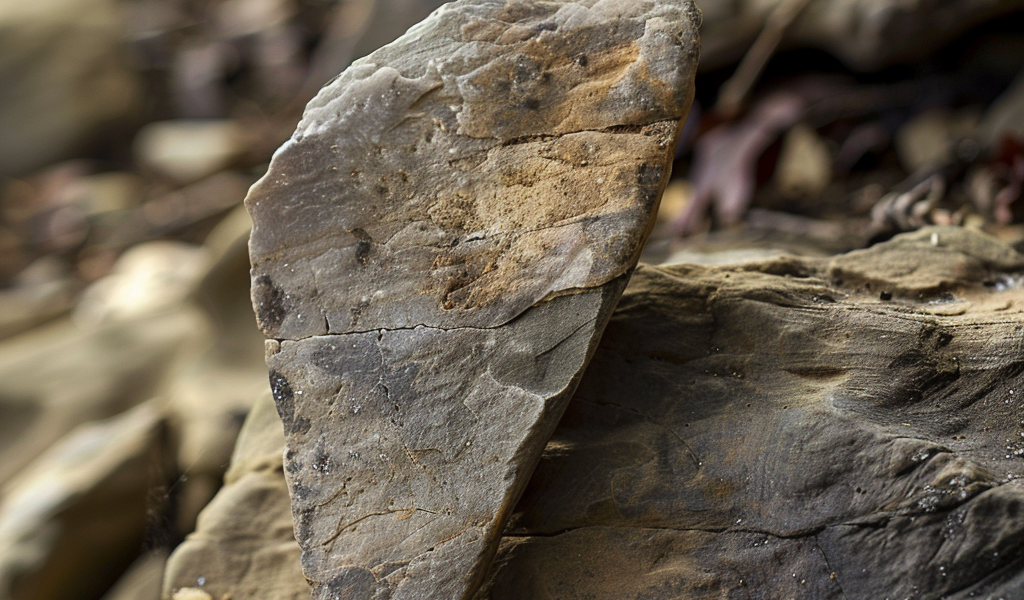22,000-year-old artifacts could rewrite ancient human history in North America
A recent discovery of a collection of tools in Maryland has the potential to change the timeline of human arrival in North America. Darrin Lowery, an independent geologist, found nearly 300 tools on Parsons Island that he believes are around 22,000 years old, challenging the commonly held belief that humans first arrived in North America between 15,000 and 20,000 years ago.
Lowery’s findings have sparked debates among experts, with some expressing skepticism due to the lack of publication in a peer-reviewed journal. However, Lowery remains open to criticism and invites further research to validate his hypothesis.
For many years, archaeologists believed that humans reached the Americas around 13,000 years ago. But recent discoveries, including Lowery’s, suggest a much earlier timeline for human migration to North America, raising questions about the origins and technologies of the first peoples in the region.
Todd Braje, from the University of Oregon Museum of Natural and Cultural History, highlighted the mystery surrounding the early inhabitants of the Americas, stating, ‘We don’t know who these first peoples were, where they came from, when they arrived, the technologies that they had available.’
While Lowery’s theory challenges the mainstream understanding of human migration, it underscores the importance of continued research and exploration to unravel the complexities of early human history in North America.





